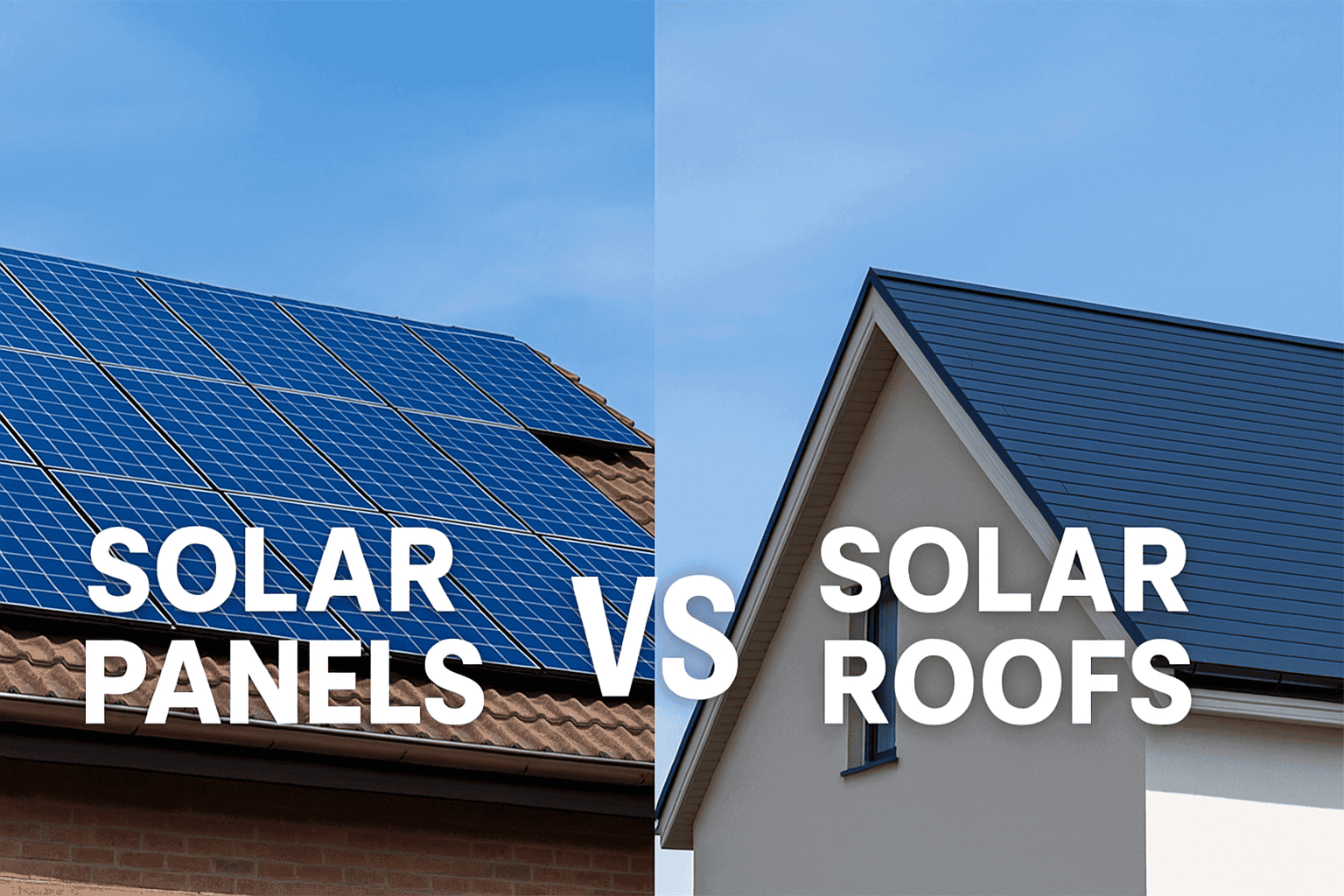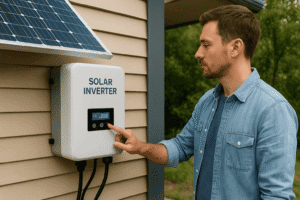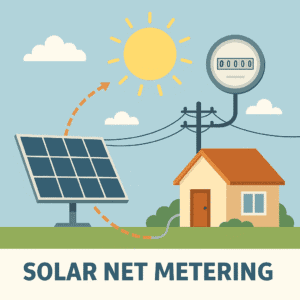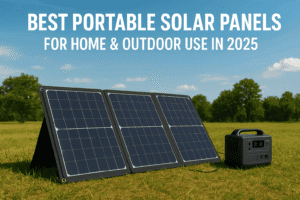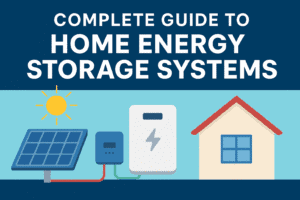Solar Panels vs Solar Roofs: Which is Better for Your Home?
A complete homeowner’s guide to choosing the best solar technology for energy savings in 2025
As the shift toward clean energy continues, homeowners are faced with a major decision—solar panels vs solar roofs. Both offer long-term energy savings and environmental benefits, but the differences in cost, efficiency, aesthetics, and installation are significant. Whether you’re planning to go green or want to reduce utility bills, this guide breaks down everything you need to know in 2025.
What Are Solar Panels?
Solar panels are photovoltaic (PV) systems installed on top of your existing roof. They convert sunlight into electricity using solar cells, typically made from silicon. These panels have become the standard solution for residential solar installations and are known for their efficiency and reliability.
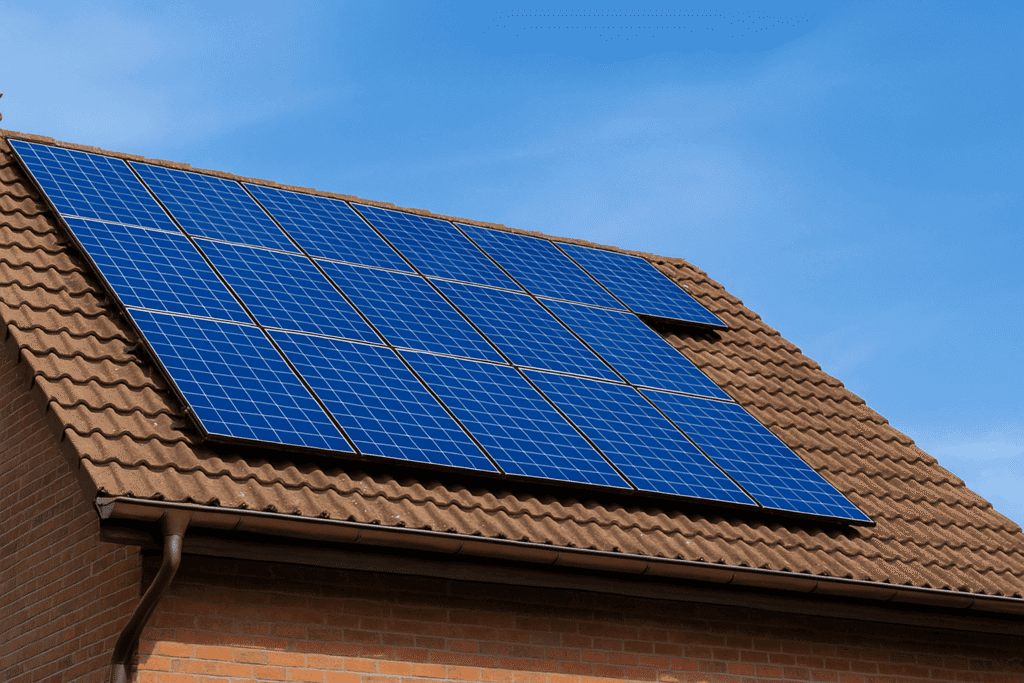
What Are Solar Roofs?
Solar roofs, popularized by Tesla’s Solar Roof, replace traditional roofing materials with photovoltaic shingles. These solar roof tiles function like solar panels but are integrated directly into the structure of your roof. They offer a sleek, modern look while serving dual purposes: generating energy and protecting your home.
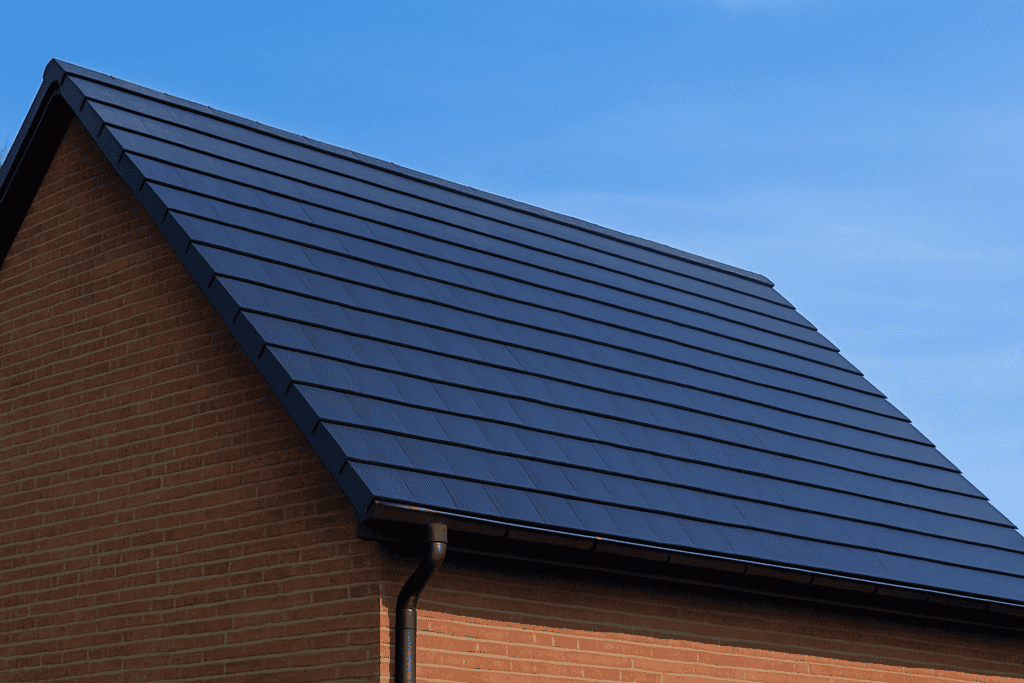
Evolution of Solar Technology
The solar industry has evolved dramatically in the last decade. Early panels were bulky and inefficient, but innovations have led to ultra-efficient panels and integrated solar roof systems. Tesla, GAF Energy, and other innovators have contributed to this shift, offering stylish and durable solar roofing solutions.
Cost Comparison: Solar Panels vs Solar Roofs
Solar panels generally cost between $10,000 and $20,000 for an average home, while solar roofs can cost upwards of $40,000 to $60,000, depending on the size and design. Solar panels offer a lower barrier to entry, making them the preferred option for budget-conscious homeowners. However, solar roofs eliminate the need for a separate roofing expense.
Installation Process and Timeframe
Solar panel installations typically take 1–3 days, plus additional time for permits. Solar roofs require a complete roof replacement, which may take 1–2 weeks. The complexity of a solar roof installation often involves coordination with electricians, roofing contractors, and city inspectors.
Aesthetic Considerations
Solar panels are visible and often protrude from the roof surface, which can be a concern for some homeowners. On the other hand, solar roofs are virtually indistinguishable from traditional roofing materials. If maintaining curb appeal is important to you, a solar roof may be the more attractive choice.
Energy Efficiency and Output
Both technologies offer excellent energy generation, but solar panels typically have higher energy output per square foot. Panels can be tilted and optimized for sunlight, whereas solar roofs are constrained by the roof’s shape and angle, potentially impacting efficiency.
Lifespan and Durability
Solar panels last about 25–30 years with minimal degradation. Solar roofs are designed for 30–50 years and are built with tempered glass, offering additional durability. However, since solar roofs are newer, long-term data is still being collected.
Maintenance Requirements
Solar panels require occasional cleaning and inspections, particularly in dusty or snowy regions. Solar roofs are more robust and integrated, reducing maintenance needs. However, repairs may be more complex and costly due to the technology’s integration with the roofing structure.
Warranty and Support
Solar panels typically come with 20-25 year performance warranties. Tesla Solar Roof offers a 25-year product and power output warranty, which is comparable, though fewer third-party providers are available for maintenance compared to solar panels.
Environmental Impact
Both systems dramatically reduce greenhouse gas emissions. Since solar roofs replace traditional roofing materials, they may reduce manufacturing waste. However, solar panels are more recyclable and have a lower carbon footprint during production.
Home Resale Value
Homes with solar energy systems generally sell faster and at higher values. Solar roofs, being more aesthetically appealing and newer, may offer greater market value in the luxury or modern housing sectors. However, the actual resale premium depends on location and buyer awareness.
Government Incentives and Tax Credits
Both systems qualify for federal and local tax incentives. As of 2025, the Federal Solar Investment Tax Credit (ITC) offers up to 30% back on installation costs. Some states offer additional rebates and credits for solar roofs, especially for energy-efficient construction.
Roof Compatibility
Solar panels require a structurally sound and sun-facing roof but work with most existing roofs. Solar roofs demand complete replacement and are best suited for new builds or major renovations. Not all roofing materials are eligible for solar shingles.
Ideal Homes for Solar Panels
- Homes with existing roofing in good condition
- Properties with unshaded, south-facing roofs
- Budget-conscious homeowners
- Owners wanting quick installation
- Renters or those considering short-term occupancy
Ideal Homes for Solar Roofs
- New construction homes
- Homes needing a roof replacement
- Owners looking for minimalistic aesthetics
- High-budget homeowners
- Long-term occupancy with design focus
Integration with Smart Home Tech
Both systems integrate with home energy monitors and battery storage. Solar roofs often work seamlessly with Tesla Powerwall and Tesla App, allowing users to monitor energy generation, battery levels, and consumption, all from a smartphone.
Which Is Better for New Constructions? Solar Panels vs Solar Roofs
If you’re building a new home, a solar roof is often more cost-effective than installing a traditional roof and then adding panels. It enhances aesthetics, boosts property value, and eliminates future roofing costs. For existing homes, solar panels usually make more sense.
Case Studies and Real-Life Comparisons
Homeowners across the U.S. have reported different results. In California, solar roofs saved up to $1,200/year, while panel users reported ROI within 6–8 years. Location, sun exposure, and electricity rates play major roles in actual performance and savings.
Expert Opinions on Solar Panels vs Solar Roofs
Industry experts favor solar panels for affordability and flexibility. Solar roofs win points for future-proof design and seamless architecture. Energy consultants often recommend panels for retrofits and roofs for new, long-term eco-investments.
Final Verdict: Which One Should You Choose? Solar Panels vs Solar Roofs?
If you’re on a budget, already have a solid roof, or plan to move within 10 years—go for solar panels. If you’re building a new home, want modern aesthetics, and are committed to long-term savings—solar roofs are worth the investment. Both options support sustainability and lower your energy costs, but your final decision should align with your budget, home age, and long-term goals.
Suggested Reads related to Solar Panels vs Solar Roofs on TheWattAdvisor:
- Best Insulation Materials for Energy Savings in 2025
- How to Perform a Home Energy Audit: Step-by-Step Guide (2025)
- The Ultimate Guide to Home Energy Efficiency in 2025
- How Smart Thermostats Save You Money: Complete Guide
This post was on Solar Panels vs Solar Roofs: Which is Better for Your Home?

